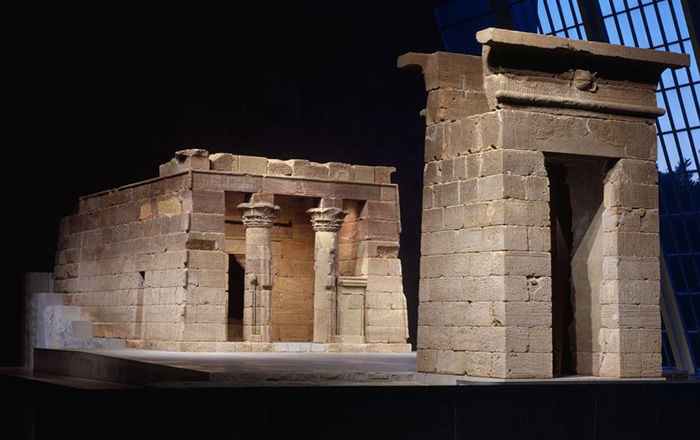Shabti of Nespernub
Third Intermediate Period
Inscribed for a God's Father of Amun named Nespernub, this shabti almost certainly comes from the burial of this priest in the Bab el-Gusus, a collective tomb in the forecourt of the Temple of Hatshepsut (built almost 500 years earlier) on the West Bank at Thebes. Nespernub's coffins (KHM 6270 and KHM 6269) and mummy board (KHM 6268), now in the Kunsthistorisches Museum in Vienna, once had gilded faces, wigs, and hands, attesting to his high status and wealth. Additional titles found on these coffins and his two funerary papyri (Cairo SR 7/ 11487 and Cairo JE 95854) include Scribe and God's Father of the Temple of Mut.
Nespernub likely had two boxes to hold his shabtis; one is in the Egyptian Museum, Cairo (JE 29285), along with fifteen of his shabtis. An additional forty or more, including two at The Met, are known from collections around the world. These represent only a small percentage of his original collection, which would have numbered around 400: one for each day of the year, along with one overseer for each 10-day week. This example, like other of the "worker" shabtis, is inscribed with a text that promises that the figure will work during the annual flood.
